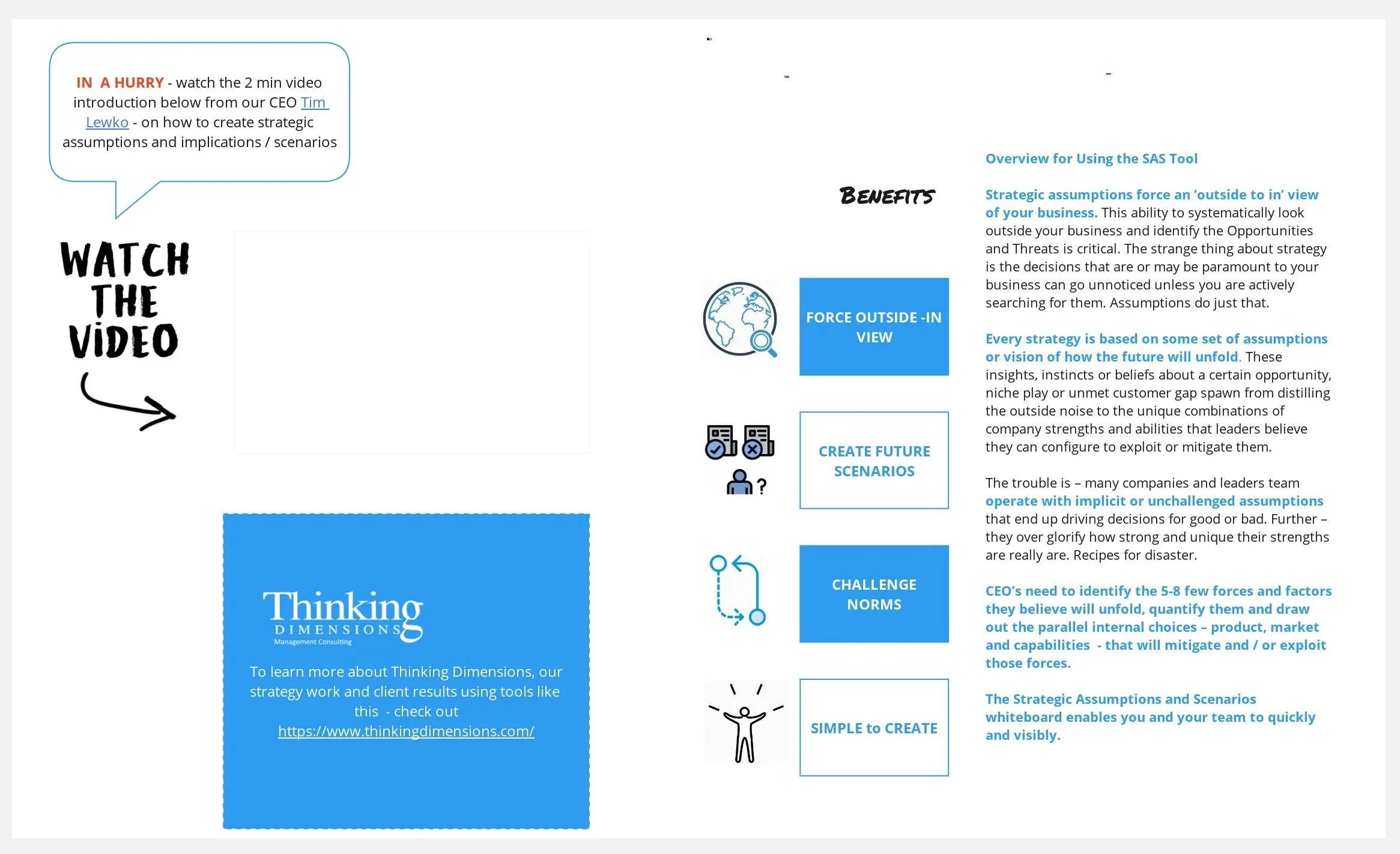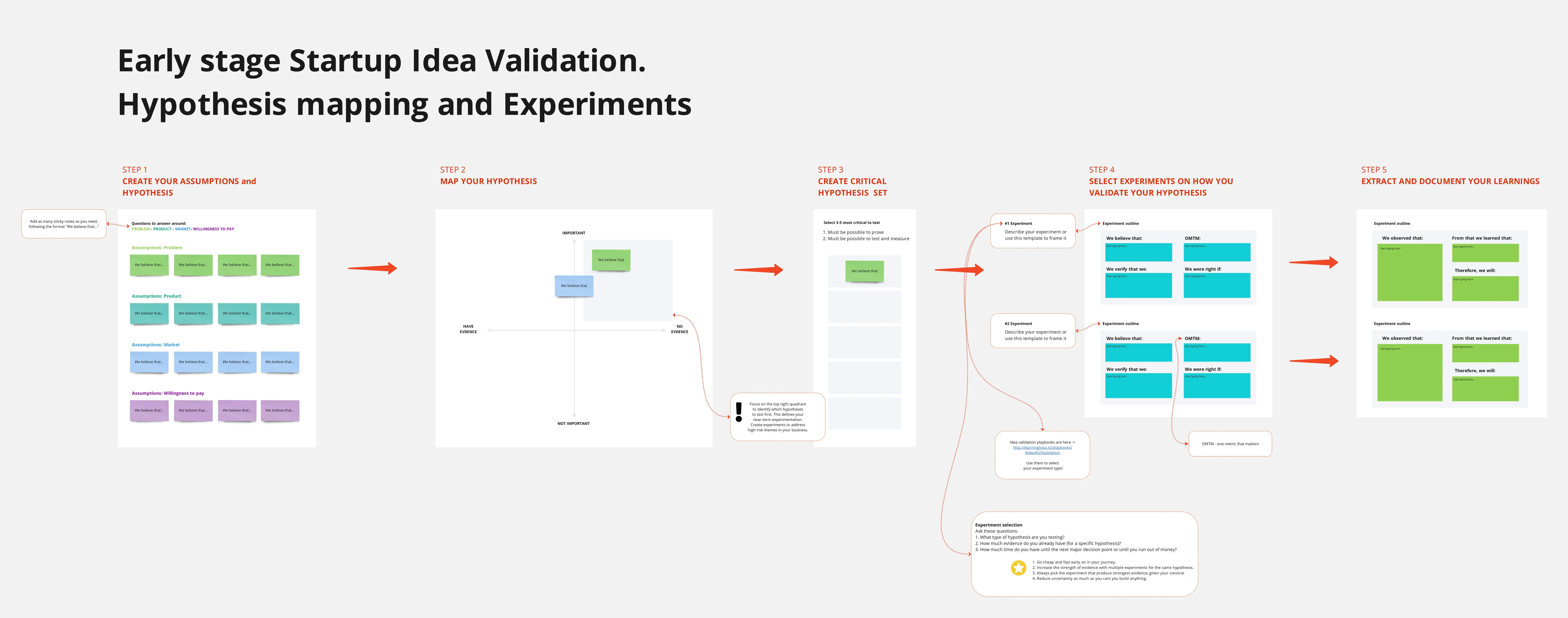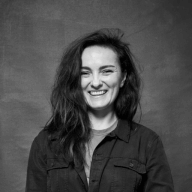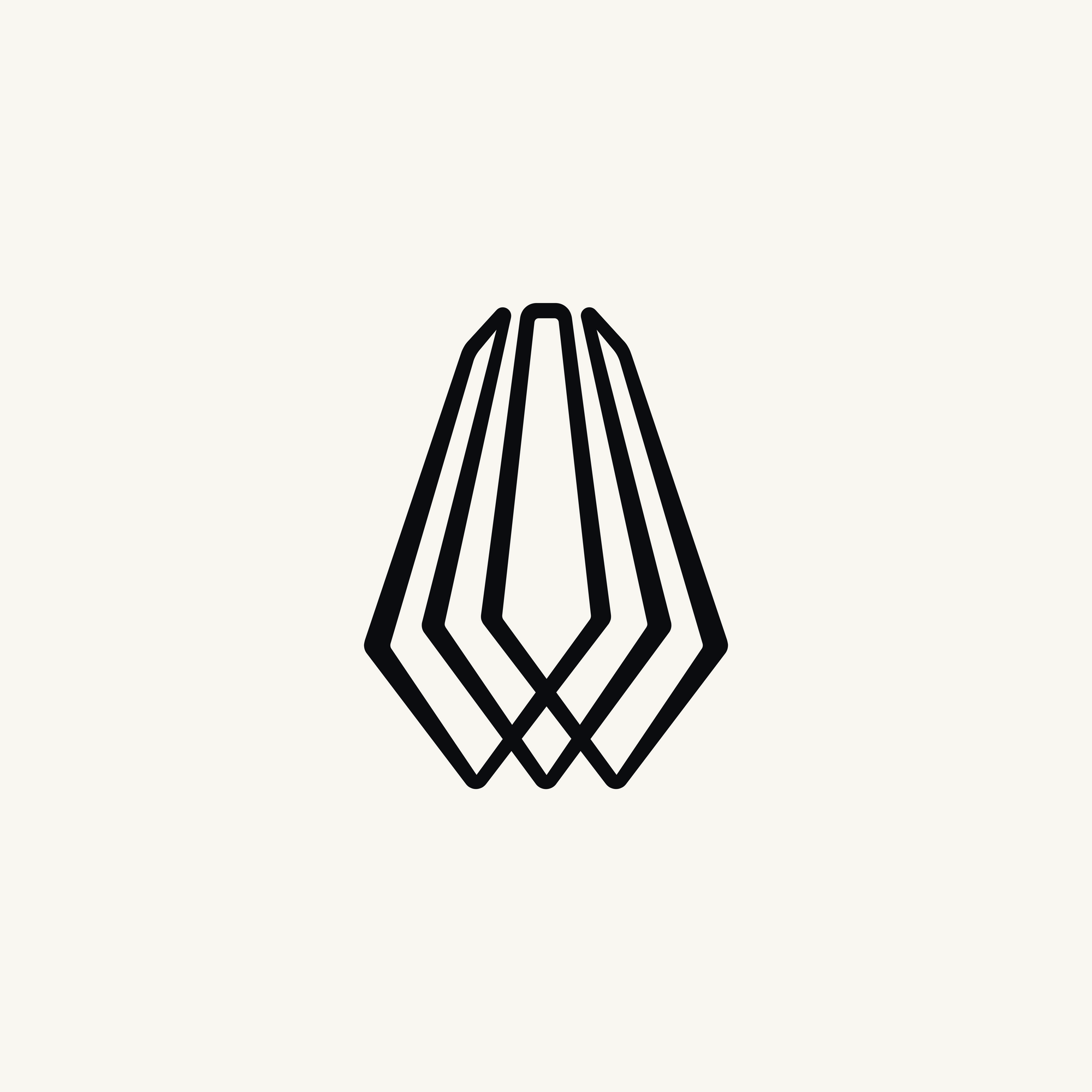Assumptions & Experiments
About This Workshop
Before placing a costly bet on an idea, you can ensure that your product decisions are as informed as possible by testing their underlying assumptions—especially the ones that can make or break your initiative (your leap of faith assumptions). One problematic effect of teams committing to ideas is what’s called the escalation of commitment—in other words, the more we become committed to an idea, the more we focus on information supporting it.
Performing an audit of assumptions is most effective when starting a brand new project, but it can be applied as you onboard to an existing one or before an important event. Assumptions & Experiments is a significant workshop that can easily take 1 hour if you have a full list of participants ready for open discussion. Effectively, you should invite a diverse group of representatives from across your team and any surrounding stakeholders to each session.
At the end of this workshop, you and your team will better understand your riskiest assumptions and have a list of actionable experiments to test them. These will become the starting point of your continuous research.
About This Template
This template is divided into four sections that can be completed at once or split into multiple sessions. Keep in mind that each section builds off the previous, so you will want to maintain context as you progress. The time indicator at the top of each section assumes a 1-hour workshop with 10 minutes of flexibility, but feel free to change these based on your specific time constraints. Keep in mind that time in section 1 and 3 is split between individual brainstorming and discussing as a group.
This template includes a sample scenario so you can familiarize yourself with the type of content that might be generated in each section. These sticky notes are grouped so you can quickly clear the board before you begin. Make sure to swap out the prompt in each section so that it’s relevant to your workshop. Keeping a bold prompt at the top of each section helps the group stay on track, and it becomes a reference for the team as they brainstorm.
The Four Stages of This Workshop
Brainstorming Assumptions
The first phase of the workshop is a brainstorming exercise in which participants generate all of the perceived assumptions being made today. To make it easier, you can break down assumptions into categories like Business, Users, and Technology. Generate as many assumptions as possible—even if there is some existing evidence supporting them. If there are any duplicates in the group, or if you find common themes, group them into one sticky note. In this section, spend half the time silently generating and the other half discussing the results as a group. Make sure all assumptions are clear and concise, otherwise feel free to rewrite them.
Prioritizing Assumptions
This is where you’re going to work as a group to plot all generated assumptions from the previous step on a 2x2 matrix. The common axes for this exercise are level of risk and level of uncertainty, but feel free to adjust them as needed for your specific scenario. Plot all assumptions on the 2x2 and make sure they’re placed in a quadrant and not on the lines. Pay close attention to the assumptions in the top-right and top-left quadrant as those are the ones that pose the highest risk.
Crafting Experiments
Move all assumptions from the top right quadrant into individual rows. The top assumption should be the one that was located in the furthest top right corner of the 2x2—the highest risk and most unknown assumption. It’s up to you how many assumptions to move over at this time, but you’ll want to spend some time diving deep on each one, so plan accordingly. Start with the top assumption and ask the group to brainstorm ideas for experiments that will help you learn about the assumption that’s in focus. Try to generate as many experiments as possible and plot them along a scale of complexity. What is an experiment you can complete in one day? What if you had six months? Ultimately, the ideal experiment is the one that is the least complex and yields the highest amount of learning. Utilize these criteria when picking the experiments you want to move forward with. Experiments can range from sketching, prototyping, and interviews, all the way to building live software. It’s up to you to identify the most useful experiments to test your assumptions.
Crafting Hypotheses
Now that you’ve identified your critical assumptions and generated a list of experiments to test them, you and the team will come up with hypotheses for each experiment to keep track of them. Follow the scientific model to test your hypotheses by identifying what you believe will be the outcome of each experiment. Make sure each hypothesis includes a clear and measurable result that you can observe definitively. Try to come up with criteria that can be quantified and precise. If your hypothesis is not specific enough you might have a hard time coming back to it as you analyze the results.
As a group, fill out a hypothesis card for each experiment. Together, these cards will become a roadmap for your research. In each card you will track the assumption, experiment, predicted outcome, participants, measurable observations, and actual results.
After the Workshop
The next step is to design and carry out your experiments. As you complete them, record the results within the respective hypothesis card. This workshop should be the beginning of an infinite feedback loop in which your team builds, tests, and iterates using experiments. Now that you’re well on your way to using hypothesis-driven learning to inform your product decisions, make sure you utilize these findings accordingly. Adjust your experiments along the way and most of all, have fun getting out there with your lo-fi experiments.
Categories
Similar templates






